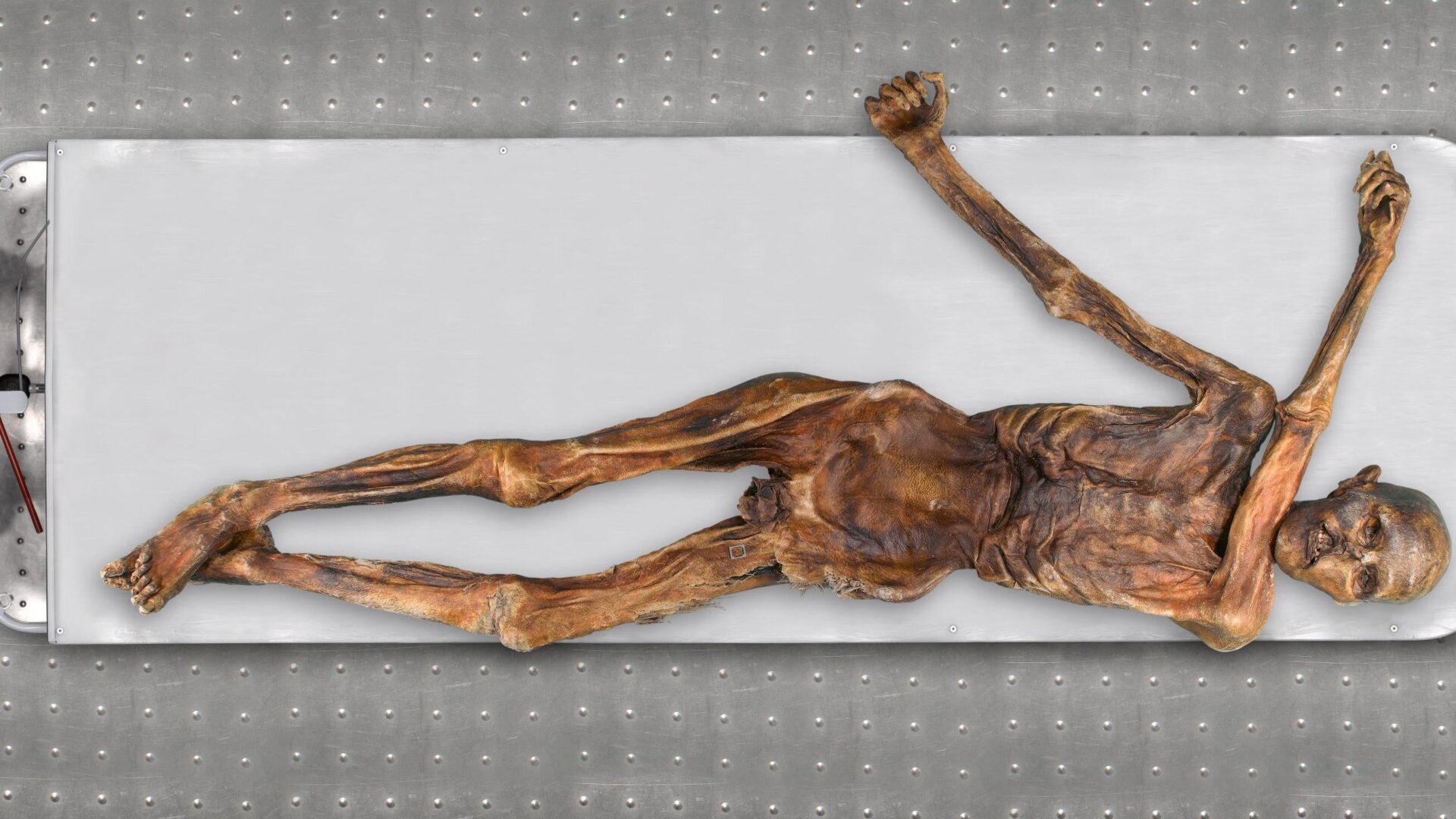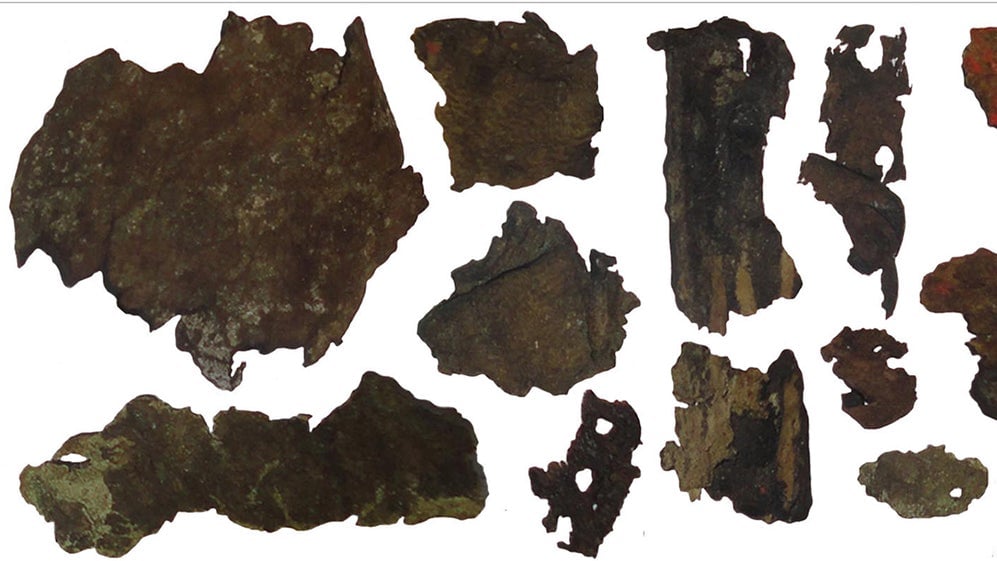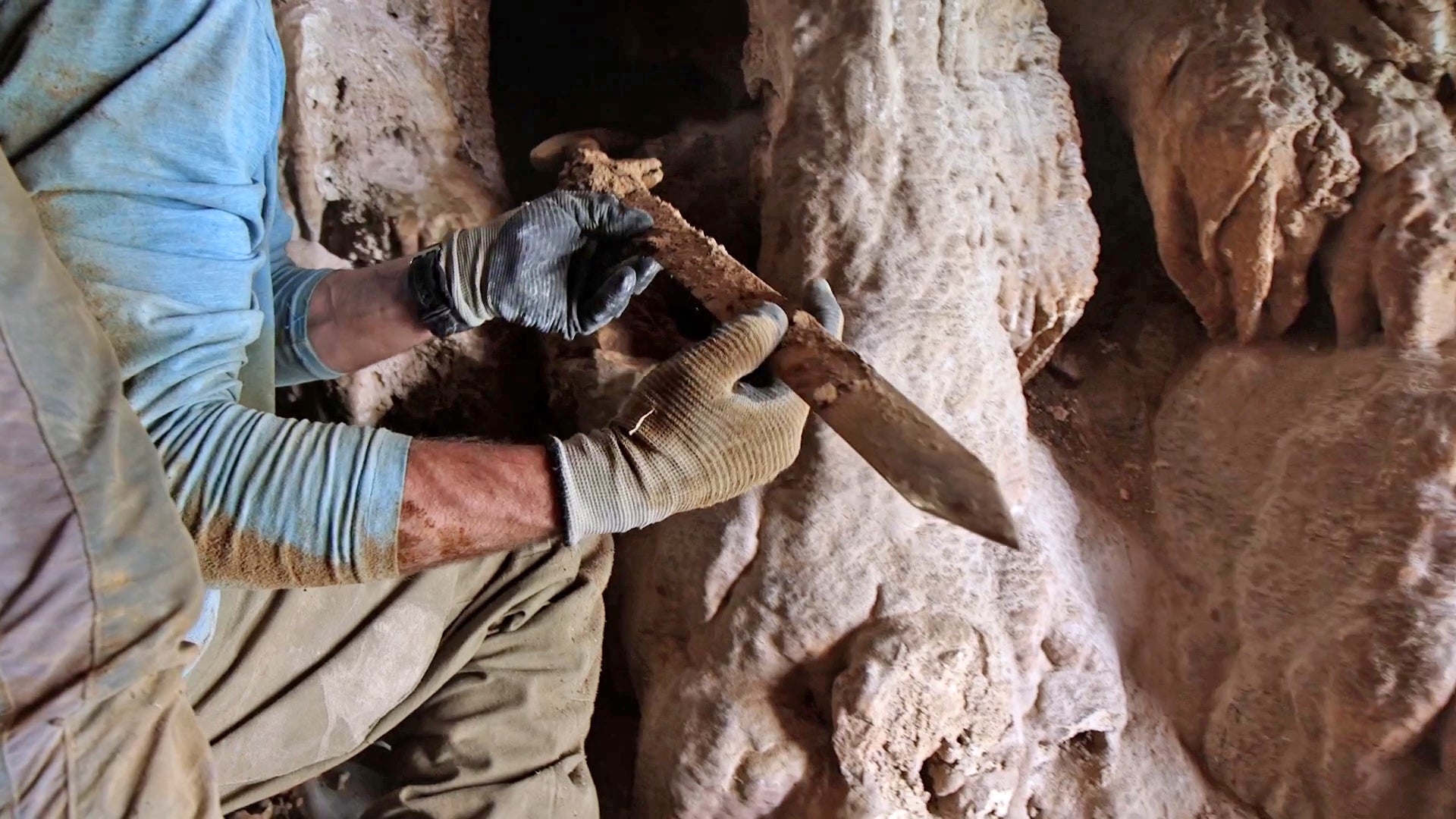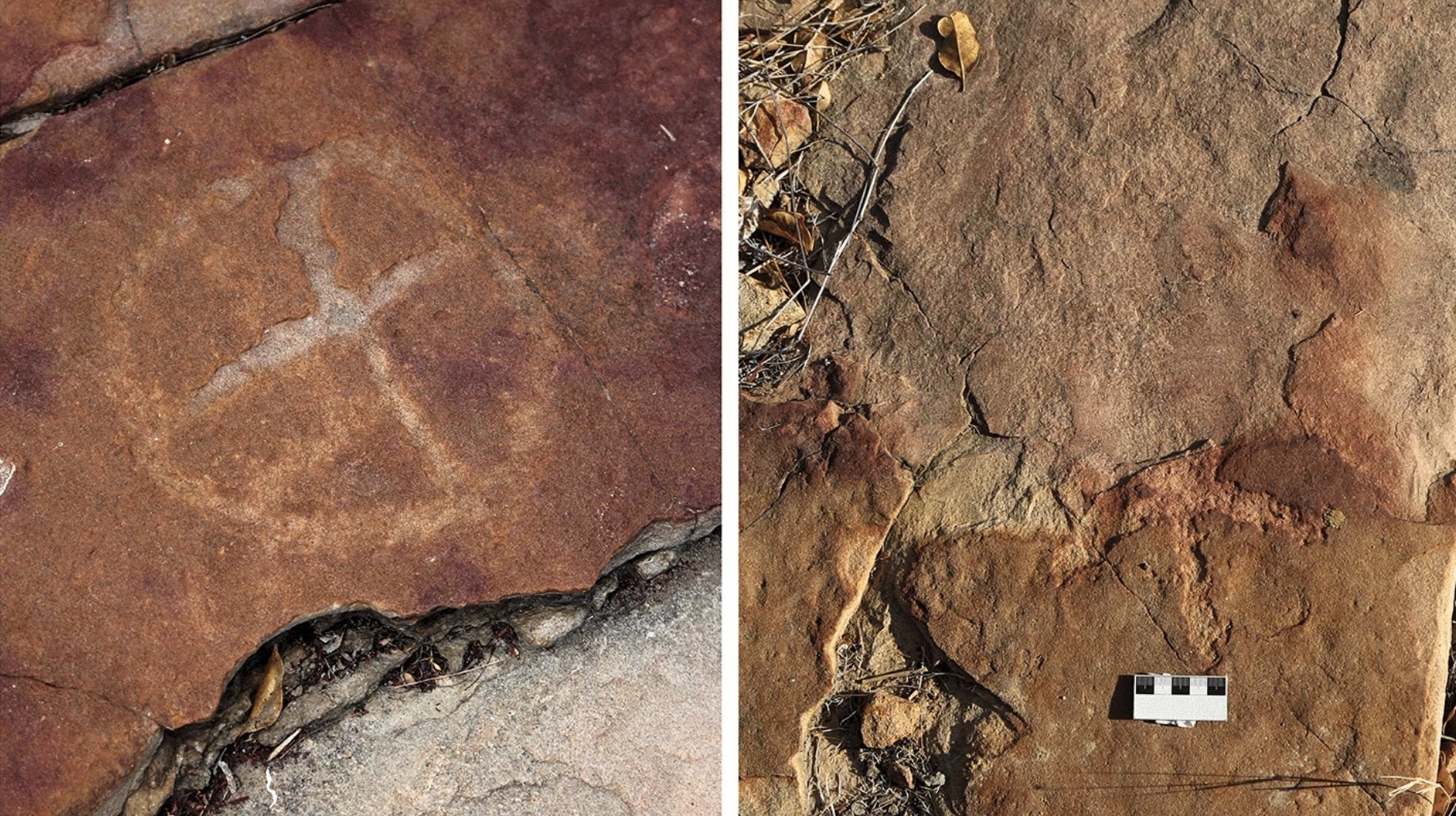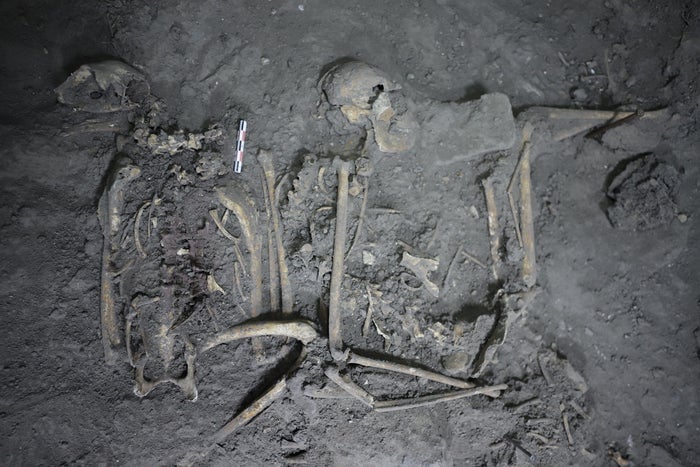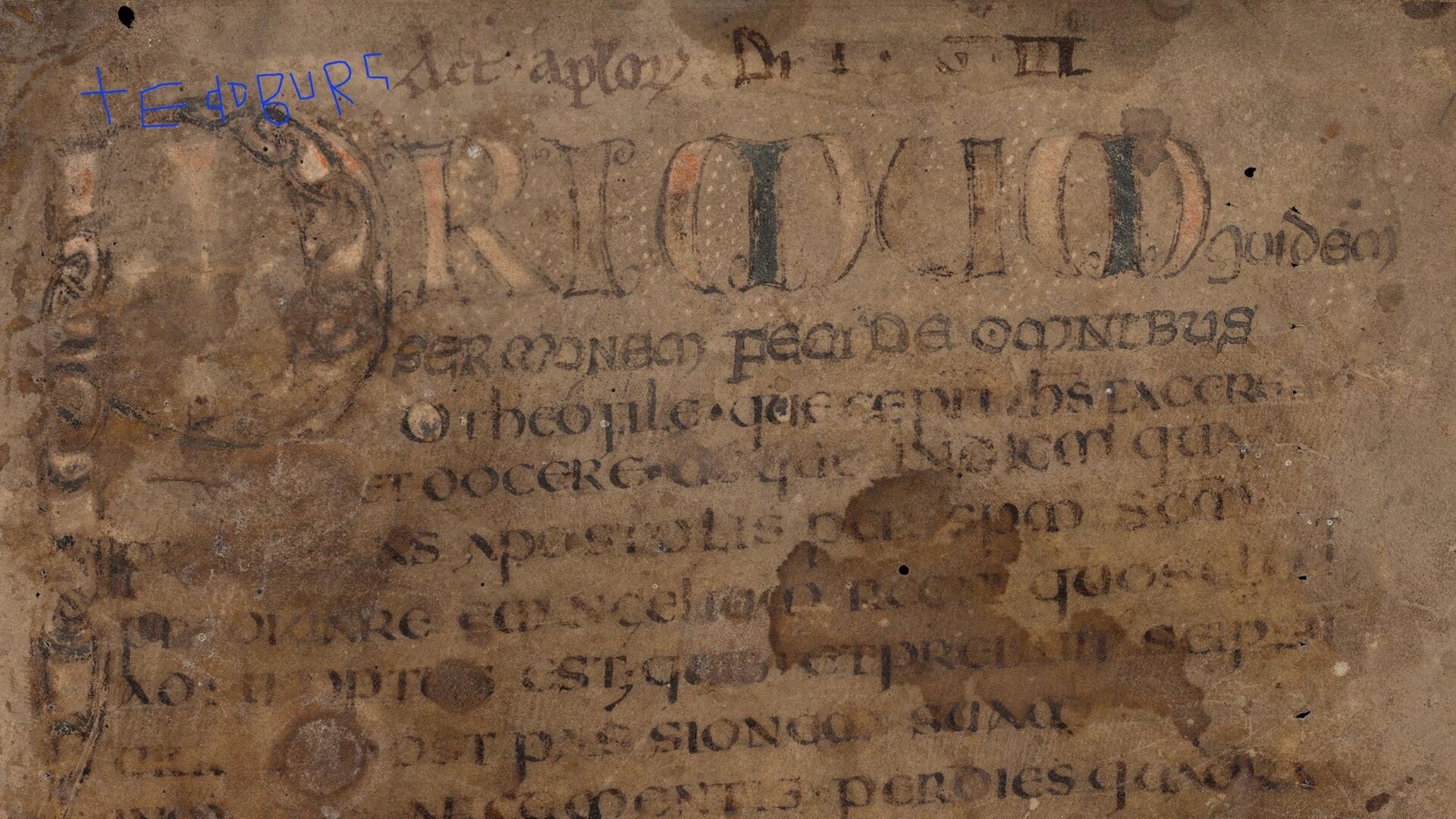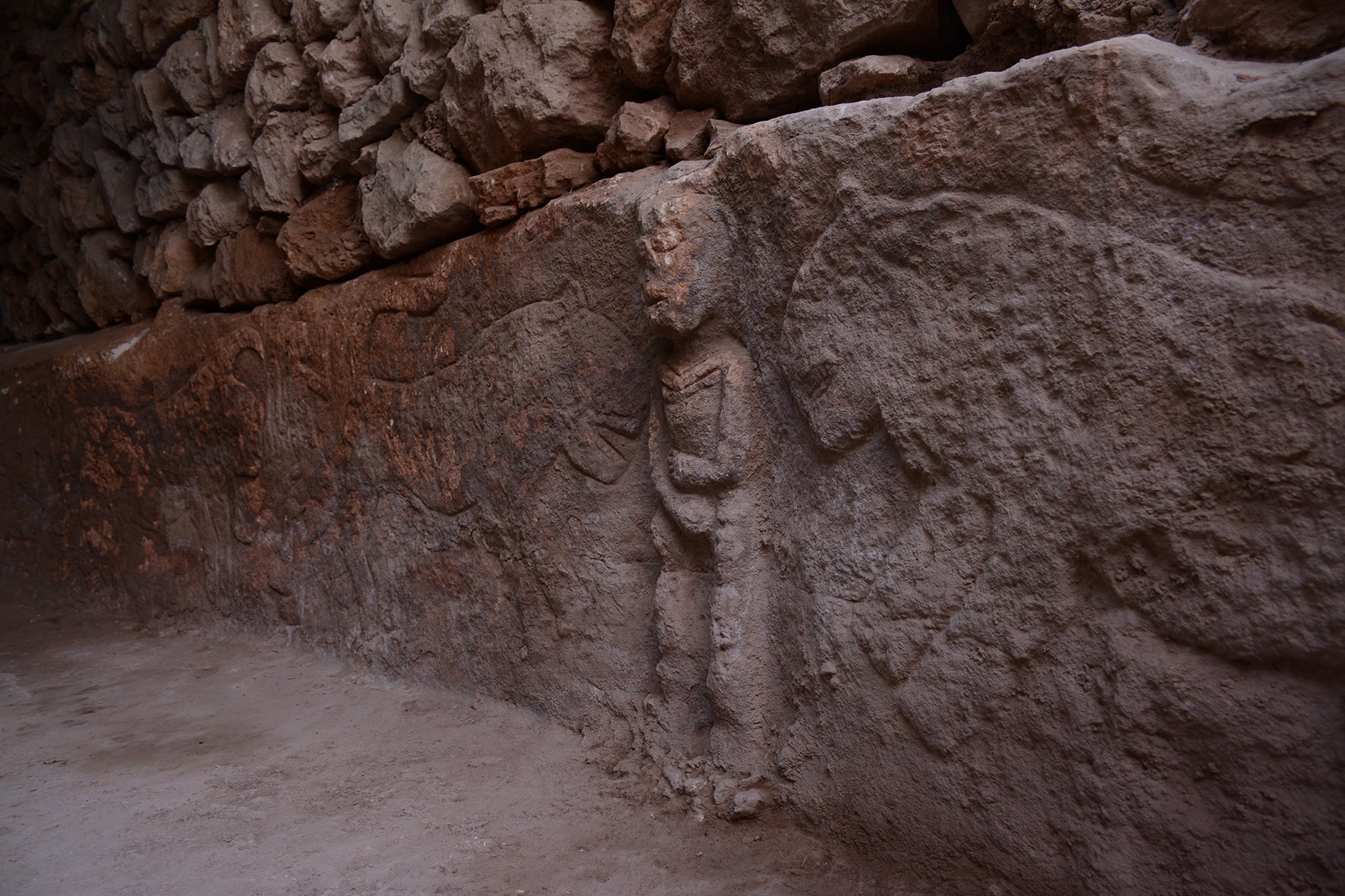Ötzi, the world’s oldest glacier mummy, continues to fascinate scientists and the public alike. Discovered in 1991, emerging from a melting ice patch in the Ötztal Alps, his remarkably preserved remains offer a unique glimpse into Copper Age Europe. Recent genomic analysis has provided surprising insights into Ötzi’s ancestry, challenging previous assumptions and deepening our understanding of this enigmatic figure.
Ötzi’s initial genome sequencing in 2012 was hampered by modern DNA contamination, leading to inaccurate conclusions about his heritage. A new study, published in Cell Genomics, has revisited his genome with advanced techniques, revealing a clearer picture of his genetic lineage.
Unveiling Ötzi’s Anatolian Roots
Contrary to earlier beliefs, the latest analysis shows no genetic traces of Eastern European Steppe Herders in Ötzi’s genome. The proportion of hunter-gatherer genes is also surprisingly low. “Genetically, his ancestors seem to have arrived directly from Anatolia without mixing with hunter gatherer groups,” explains Johannes Krause, head of archaeogenetics at the Max Planck Institute for Evolutionary Anthropology and co-author of the study. This finding significantly alters our understanding of population movements and interactions in prehistoric Europe.
Revisiting Ötzi’s Appearance and Health
The refined genomic analysis also sheds light on Ötzi’s physical characteristics and predispositions. His skin tone is now believed to be darker than previously thought, suggesting that the darkening observed on the mummy is likely closer to his original complexion. Furthermore, the study reveals a genetic predisposition to baldness, explaining why the mummy was found with minimal hair. This contradicts earlier artistic reconstructions that depicted Ötzi with a fuller head of hair.
Ötzi’s remarkably preserved belongings, including a backpack frame, fur cap, quiver, toolkit, and an ax traced to Southern Tuscany, offer further clues about his life and the technological advancements of his time. Analysis of his stomach contents revealed his last meal: a mix of ibex, deer, and cereals. Even his skin revealed 61 tattoos, providing glimpses into the cultural practices of his era.
The Future of Glacial Archaeology
Ötzi’s unique preservation is likely due to a combination of factors, including repeated thawing and refreezing within the ice patch over millennia. As climate change accelerates the melting of ice patches globally, from Norway to Mongolia, there is a growing possibility of discovering more glacial mummies and archaeological treasures. These discoveries hold the potential to further enrich our understanding of ancient history and human evolution.
Ötzi’s remains are currently housed in a temperature-controlled chamber at the South Tyrol Museum of Archaeology in Bolzano, Italy. His story continues to unfold with each new scientific discovery, solidifying his place as a remarkable window into our shared past.
Conclusion
The new genomic analysis of Ötzi the Iceman has revolutionized our understanding of his ancestry, appearance, and the prehistoric landscape of Europe. His Anatolian roots, darker skin tone, and genetic predisposition to baldness paint a more accurate portrait of this iconic figure. As climate change continues to melt ancient ice, the possibility of discovering more glacial mummies like Ötzi offers exciting prospects for further archaeological and genetic research, potentially unveiling even more secrets of our past.



